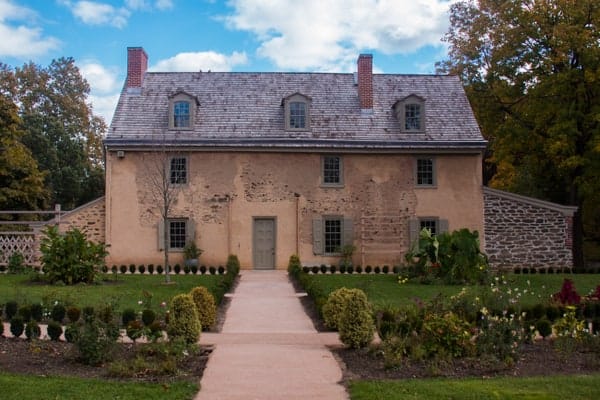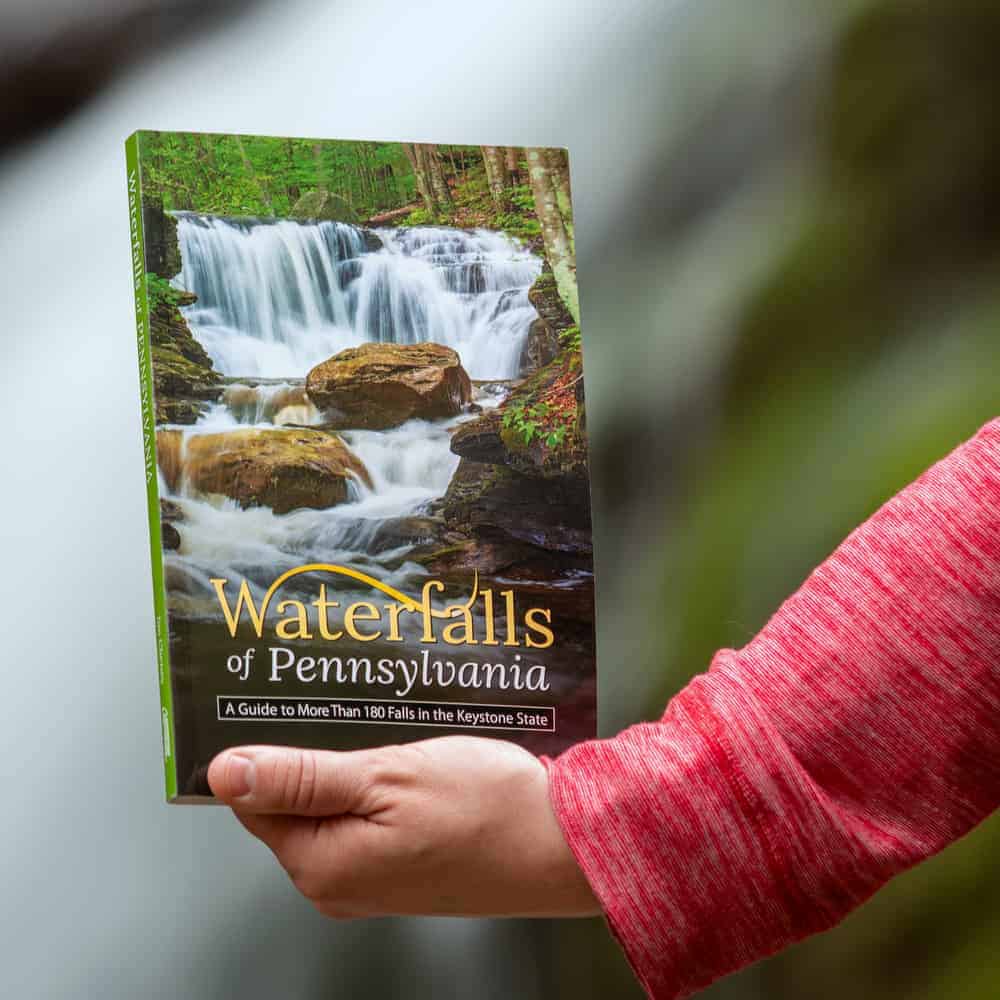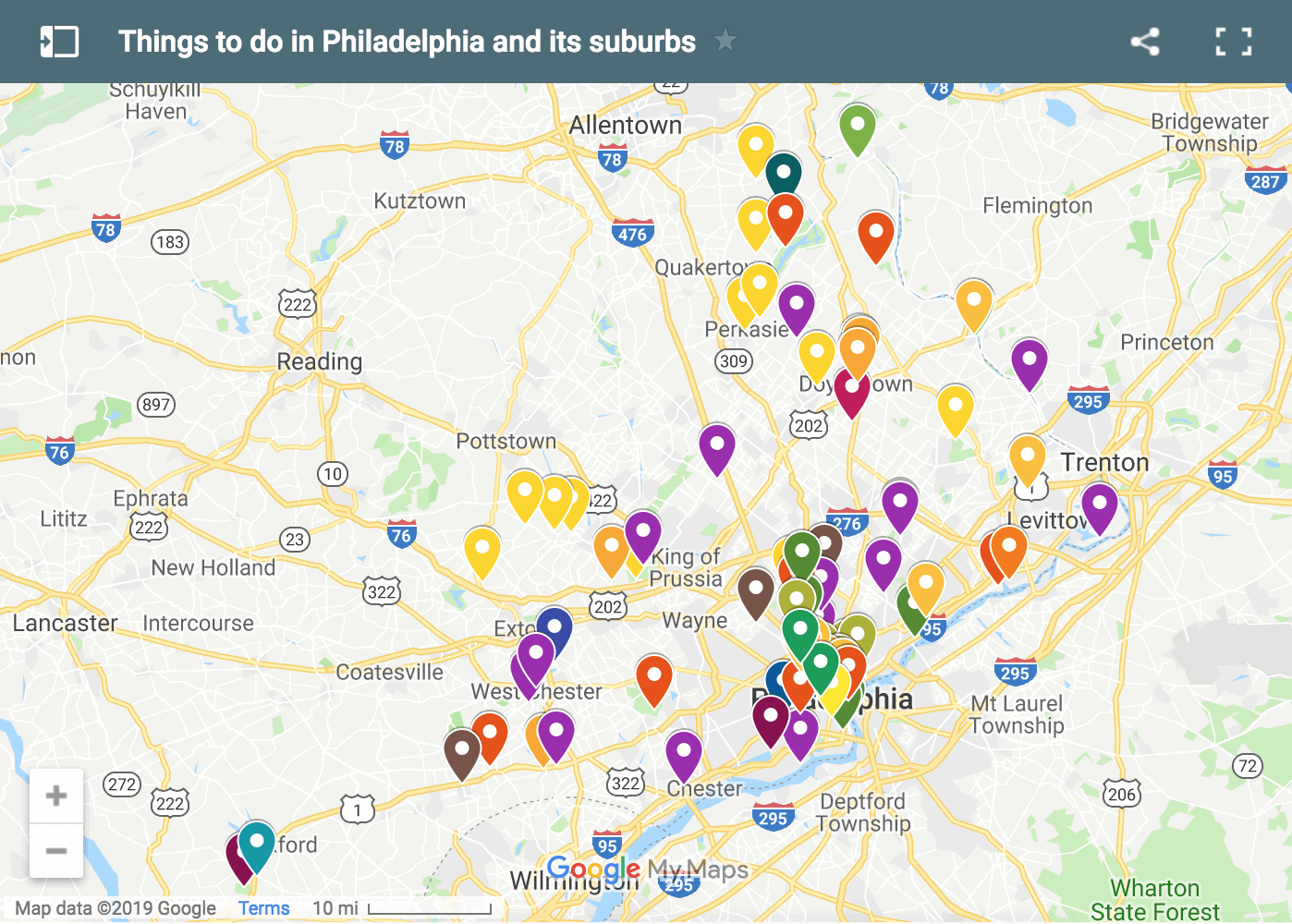Philadelphia has a rich connection to American history, and the city is home to many of the oldest sites in America. One of these historical sites is the oldest, still existent botanical garden.
Bartram’s Garden was begun by botanist John Bartram. Bartram purchased 102 acres of land in 1728, nearly 100 years before other historic gardens like Tyler Arboretum were first planted.
By the middle of the century, he had compiled the most complete collection of North American plants in the world. A friend of Benjamin Franklin, Bartram specialized in trading plants and seeds all over the world.

The garden would stay in the family until 1850, when financial difficulties forced them to sell the land. It was purchased by Andrew Eastwick, who maintained the land as a private garden for his nearby estate.
When Eastwick died in 1879, a campaign was started to save the gardens. Since 1891, the gardens have been preserved as a park owned by the City of Philadelphia. In 1960, the gardens were designed as a National Historic Landmark.

Today, Bartram’s Garden occupies 46 acres of land along the west banks of the Schuylkill River. For the size, there is a large variety of landscapes here. Visitors can stroll through the historic garden, see a large meadow, follow the boardwalk along the river, and even explore wetlands.
The garden is open daily from dawn to dusk and is completely free to enter and explore. However, make sure you stop by the visitor center to grab a map. Those wanting a bit more detailed information on the area can take a guided tour of the gardens for a small fee.

While I greatly enjoyed my exploration of Bartram’s Garden, there are two main highlights in my opinion.
The first is the eight-acre botanical garden that sits adjacent to the historic Bartram House. The house was built by John Bartram and is the oldest building on the property. Surrounding the home is a beautiful garden. Amazingly, a handful of the plants here date back to the 1700s.

One of the most significant plantings here is the gingko tree. This tree was planted in 1785 by William Bartram, John’s son, and is believed to be the oldest gingko tree in North America.

"Waterfalls of Pennsylvania" by Jim Cheney
If you love PA waterfalls, you won't want to miss this waterfall book from Jim Cheney, author of Uncovering PA, featuring more than 180 great waterfalls. Order it now on Bookshop.org or Amazon.
Another significant plant is the Franklinia Tree. It was discovered in Georgia by John and William and was named in honor of his father’s friend, Benjamin Franklin. The Franklinia Tree has not been found in the wild since the early 19th century, and all examples still in existence descend from the plants brought to Philadelphia by the Bartrams.

The second highlight of the garden is the boardwalk. This path follows along the banks of the Schuylkill River and is part of the Schuylkill River Trail. Along this beautiful and peaceful trail are great views of downtown Philadelphia. You can also see the ruins of a cider press that John Bartram cut directly from the bedrock.

Of course, while the boardwalk and the historic garden may be the highlights of Bartram’s Garden, make sure to take the time to stroll through the other portions of the garden. This is truly a beautiful gem of Philadelphia.

Unless you are a botanist, Bartram’s Garden might not be at the top of any must-visit list for Philadelphia. However, for those looking for a little peace and quiet, to explore unique history, or for a little-seen vantage point of downtown Philadelphia, Bartram’s Garden is a great destination for exploration.
Want to explore more of the area’s outdoor attractions? Don’t miss Wissahickon Gorge, John Heinz National Wildlife Refuge, the best spots to go hiking near Philadelphia, and the closest waterfalls to Philly.




 "
"



